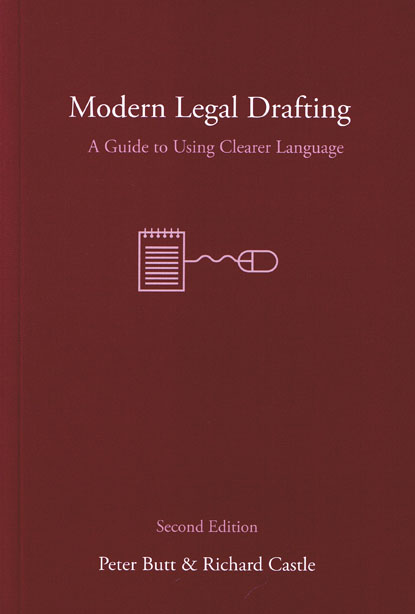
In the second edition of this highly regarded text, the authors show how and why traditional legal language has developed the peculiar characteristics that make legal documents inaccessible to the end users. Incorporating recent research and case law, the book provides a critical examination of case law and the rules of interpretation. Detailed case studies illustrate how obtuse or outdated words, phrases and concepts can be rewritten, reworked or removed altogether.
Particularly useful is the step-by-step guide to drafting in the modern style, using examples from four types of common legal documents: leases, company constitutions, wills and conveyances. Readers will gain an appreciation of the historical influences on drafting practice and the use of legal terminology. They will learn about the current moves to reform legal language, and receive clear instruction on how to make their writing clearer and their legal documents more useful.
This new edition incorporates recent research and case law, emphasising the benefits of drafting in plain language and confirming the 'safety' of its use. This book is more than a 'how-to' guide: it explores the reasons for the current parlous state of legal drafting, as well as providing guidance on how to draft well. This book draws on authorities and research from many countries, to show that its recommendations can be implemented in any country where English is the language of the law